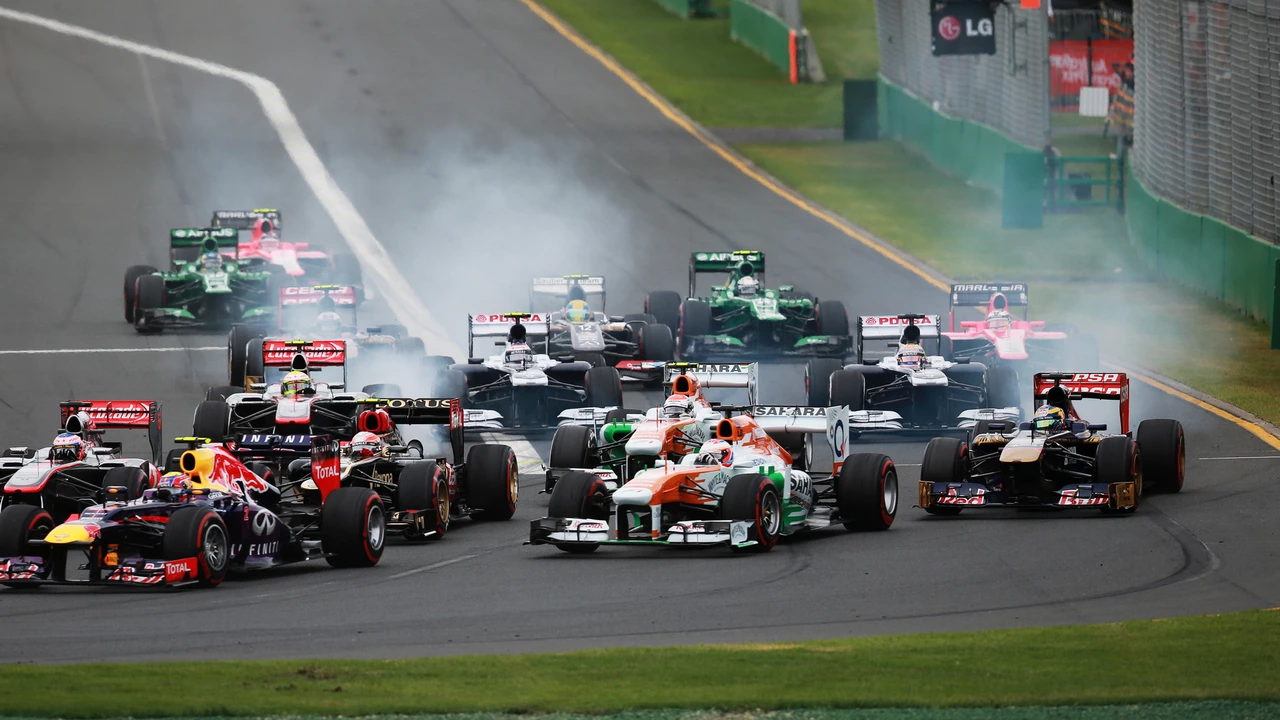Formula One racing isn't very popular in India, due mainly to its high costs and lack of accessibility. The sport isn't widely broadcasted and lacks local representation, making it less relatable to the masses. Moreover, India's strong culture of cricket overshadows F1's niche appeal. Finally, India's infrastructure and government regulations pose significant challenges for hosting F1 races, further reducing its popularity.
Racing Culture: What Makes It Tick
If you’ve ever felt the roar of an engine and the buzz of a crowd, you’ve tasted racing culture. It’s more than just cars on a track – it’s a lifestyle where fans, engineers, and drivers share a love for speed, sound, and strategy. In the UK, this culture is stitched into pub nights, weekend trips to circuits, and endless online debates about who’s the best driver or which car snaps ahead of the rest.
One core piece of the culture is the community. People gather at local track days, swap stories about the best overtakes, and argue over tyre choices like it’s a sport in itself. The chat isn’t limited to the grandstands; forums, Discord groups, and social media pages buzz with memes, race analysis, and even tips on how to keep your car cool when heat becomes a hot‑topic on the track.
Heat, Tech, and the Everyday Engineer
Heat isn’t just a weather thing in racing – it’s a performance factor. Engines love a certain temperature range; too cold and they lack power, too hot and they risk failure. That’s why every racing team has a cooling system plan, from radiators to heat‑shielding materials. Fans who love the technical side often dive into these details, discussing how a new coolant mix could shave seconds off lap times.
Technology also fuels the culture. Manual transmission cars used to dominate amateur races because drivers felt more control. Today, sophisticated automatic gearboxes can shift faster than a human hand, sparking debates over which setup gives the purest racing feel. Whether you’re a purist who loves the tactile clutch or a fan of razor‑sharp pit‑lane tech, the conversation is always alive.
Riding Techniques and Fan Traditions
Take MotoGP, for example. Riders don’t just turn the handlebars; they use counter‑steering – a subtle push opposite the turn direction that lets them lean the bike into corners at breakneck speeds. Fans who watch the sport closely can point out the exact moment a rider pulls that move, turning a race into a learning experience.
Traditions add flavor to the scene, too. In the UK, after a big race, you’ll find fans heading to a local pub for a “post‑race pint,” debating whether the winner deserved the podium. Some fans even wear vintage team jackets or recreate historic liveries on their own cars, keeping history alive on the streets.
All these pieces – the heat talk, the tech wars, the riding tricks, and the social rituals – blend into a vibrant tapestry we call racing culture. It’s a place where anyone can jump in: a student dreaming of a job in F1, a weekend rider learning about counter‑steering, or a casual fan cheering from the stands.
So, whether you’re planning your next track day, tweaking your car’s cooling system, or just watching the latest Formula 1 qualifying session, remember you’re part of a larger community. Racing culture welcomes every voice, every opinion, and every pulse‑quickening moment on the tarmac.
